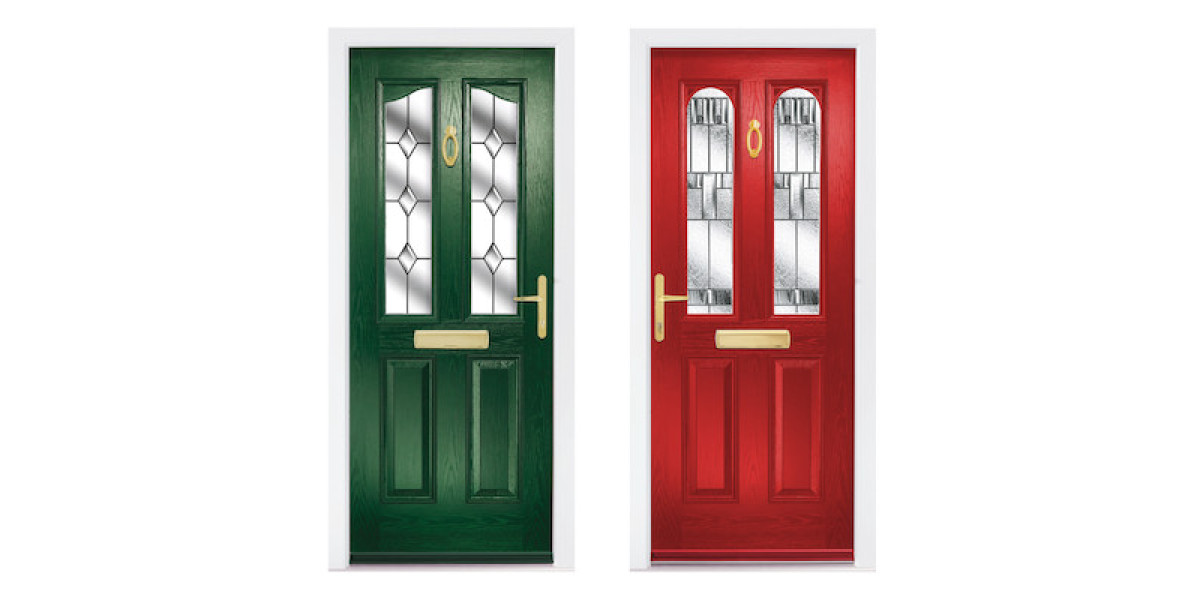
The Comprehensive Guide to Composite Door Refurbishment
On the planet of home improvement, the term "composite door refurbishment" includes an essential element of keeping and improving the visual appeal, functionality, and security of domestic homes. Restore Composite Door doors, made from a mix of products such as wood, uPVC, and insulating foam, are renowned for their resilience, thermal performance, and low maintenance requirements. However, like any structural aspect of a home, they can reveal wear gradually. This post explores the significance, methods, and benefits of refurbishing composite doors, while also addressing frequently asked questions.

Why Refurbish Composite Doors?
1. Aesthetic Appeal: One of the primary reasons property owners choose to recondition their composite door latch repair doors is to bring back or improve look. In time, exposure to elements can lead to fading or discoloration. With refurbishment, owners can update the look of their doors without the expense of complete replacement.
2. Enhanced Performance: As doors age, their seals can break down, leading to drafts and energy inefficiencies. Refurbishment can resolve these concerns, bring back the door to its original efficiency levels.
3. Cost-Effectiveness: Refurbishing a composite door is typically less pricey than a complete replacement. This makes it a useful option for those looking to preserve their home without going through a considerable monetary outlay.
4. Ecological Benefits: Refurbishing adds to sustainability by lowering waste. Rather of disposing of an old door, refurbishment keeps it in usage, minimizing the demand for new materials.
Key Steps in Composite Door Refurbishment
Reconditioning a composite door usually includes a number of important steps. Below, we detail a straightforward approach to complete this procedure effectively:
Step 1: Assessment and Inspection
Before starting refurbishment, a thorough evaluation of the door is essential. House owners should check for:
- Signs of wear, such as scratches, dents, or fading paint.
- Damage to the seals or locking systems.
- Any indications of rot or pest infestation (especially if the door has wooden components).
Step 2: Cleaning
Cleaning the door is essential in preparing it for refurbishment. House owners can use a mix of mild soap and water, along with non-abrasive fabrics, to thoroughly clean the door. A gentle scrub can get rid of dirt, grime, and mildew, exposing any surprise damage.
Action 3: Repairs
As soon as the door is clean, any necessary repairs ought to be resolved. This may involve:
- Replacing or repairing door seals to improve insulation.
- Repairing or replacing hinges as needed.
- Touching up paint or varnish where required.
Step 4: Repainting or Re-staining
Depending upon the desired finish, homeowners can either repaint or re-stain the door:
For painting: Choose an appropriate exterior-grade paint that complements the general home color pattern. Dry completely before applying a 2nd coat.
For re-staining: Use a quality wood stain that safeguards and boosts natural functions, followed by a protective sealant.
Step 5: Final Inspection and Maintenance Tips
After refurbishment, homeowners ought to carry out a last examination to ensure all elements are secure and practical. Regular maintenance, such as lubrication of hinges and look at weather seals, can extend the door's lifespan.
Benefits of Composite Door Refurbishment
The refurbishment of composite door repair near me doors uses numerous benefits for property owners:
Extended Lifespan: Routine refurbishment can considerably extend the life of a composite door, guaranteeing that it continues to provide security and insulation for lots of years.
Expense Savings: By going with refurbishment rather than replacement, property owners can save a substantial amount on setup and material costs.
Design Personalization: Refurbishment allows property owners to personalize their door's look, transforming it to match evolving style preferences or modern-day design patterns.
Increased Property Value: A well-refurbished door not just boosts curb appeal but can likewise increase the value of the home when presented on the marketplace.
Assurance: Knowing that a refurbished door is secure and effectively insulated provides assurance, particularly for property owners concerned about energy effectiveness and security.
Frequently Asked Questions (FAQs)
Q1: How frequently should I recondition my composite door?
A1: While the frequency of refurbishment can vary, normally it is suggested to evaluate your door every 5 years. Indications of wear, such as fading or peeling, might trigger an earlier refurbishment.
Q2: Can I refurbish my composite door myself?
A2: Yes, numerous property owners can perform standard refurbishment jobs themselves, such as cleansing, painting, and sealing. However, engaging a professional is advisable for extensive repairs or if electrical parts are involved.
Q3: What items do I need for refurbishment?
A3: Essential products consist of:
- Mild soap and water for cleaning
- Exterior-grade paint or wood stain
- Door seals and lubricants for hardware
- Sandpaper or wood filler for surface area repairs
Q4: How can I avoid additional degeneration after refurbishment?
A4: Regular maintenance is crucial. This may consist of regular cleansing, checking seals for wear, and making sure hinges are lubricated. Keeping the door devoid of debris, specifically in locations prone to wetness, can likewise assist.
Composite door refurbishment is an essential practice for property owners seeking to keep the longevity, efficiency, and visual appeal of their entrances. With a little effort and the right tools, composite door repair techniques doors can easily be rejuvenated, saving costs and decreasing waste while contributing to the total worth of a home. As an investment in both charm and functionality, refurbishing composite doors proves to be a sound choice for any homeowner.








